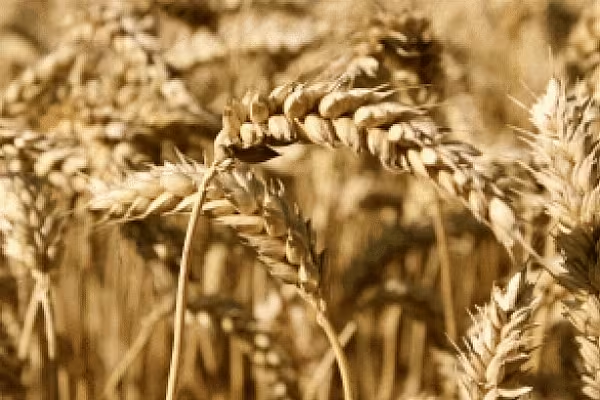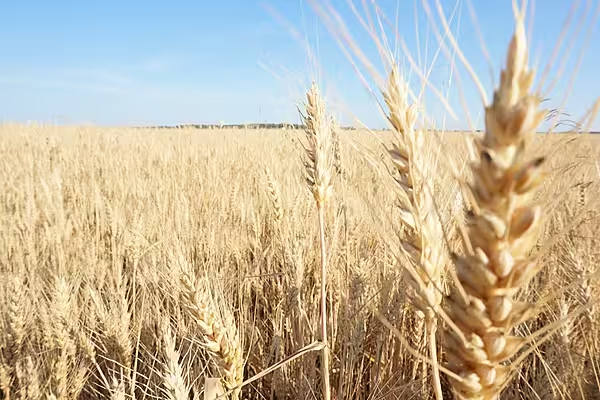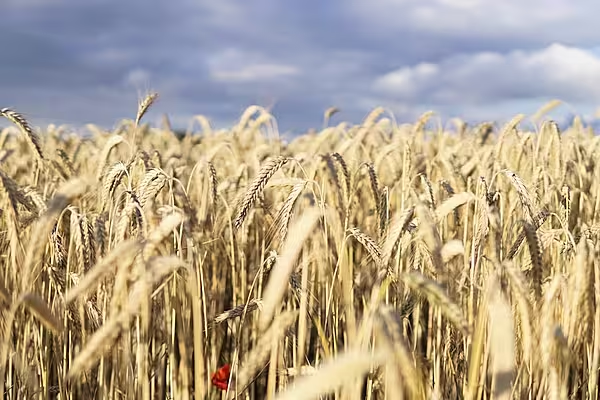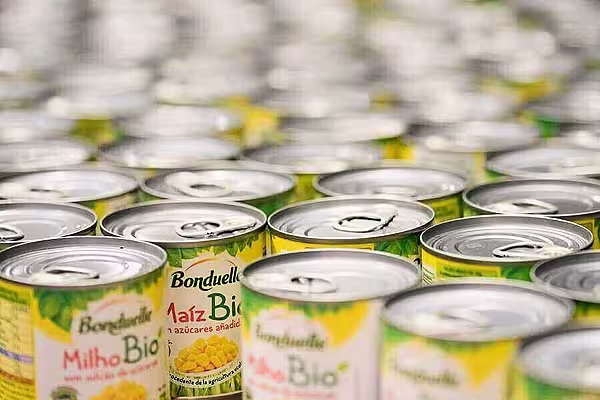Iran, the second-largest wheat user in the Middle East, will export 400,000 metric tons of the grain after domestic supplies expanded enough to meet local demand.
Iran bought 8.08 million tons of wheat from local farmers this year, 1.4 million tons more than last year, Ali Ghanbari, deputy agriculture minister, said on the Government Trading Corp.’s website. Durum wheat, used to make pasta, will be exported from the crop, he said.
“This year, despite a decrease in rain, thanks to the motivation of farmers and the support given to them, an additional 1.4 tons of wheat was purchased compared to last year,” Ghanbari said.
Iran ranks with Turkey as the second-largest wheat buyer in the Middle East, behind Egypt, the world’s biggest wheat importer, according to U.S. Department of Agriculture data. Wheat prices in Chicago, the global benchmark, dropped 17 per cent this year with production seen exceeding consumption for a third consecutive year, USDA data show.
Iran won’t need to import wheat because local supplies are sufficient, Ghanbari said in August. Stockpiles will be 8.3 million tons for 2015, compared with the average of 3.1 million for 2012 to 2014, according to the Food & Agriculture Organization. Wheat production is estimated by the USDA to grow to 14 million tons from 13 million a year earlier with consumption rising to 18 million tons from 17.5 million.
News by Bloomberg, edited by ESM. To subscribe to ESM: The European Supermarket Magazine, click here.











